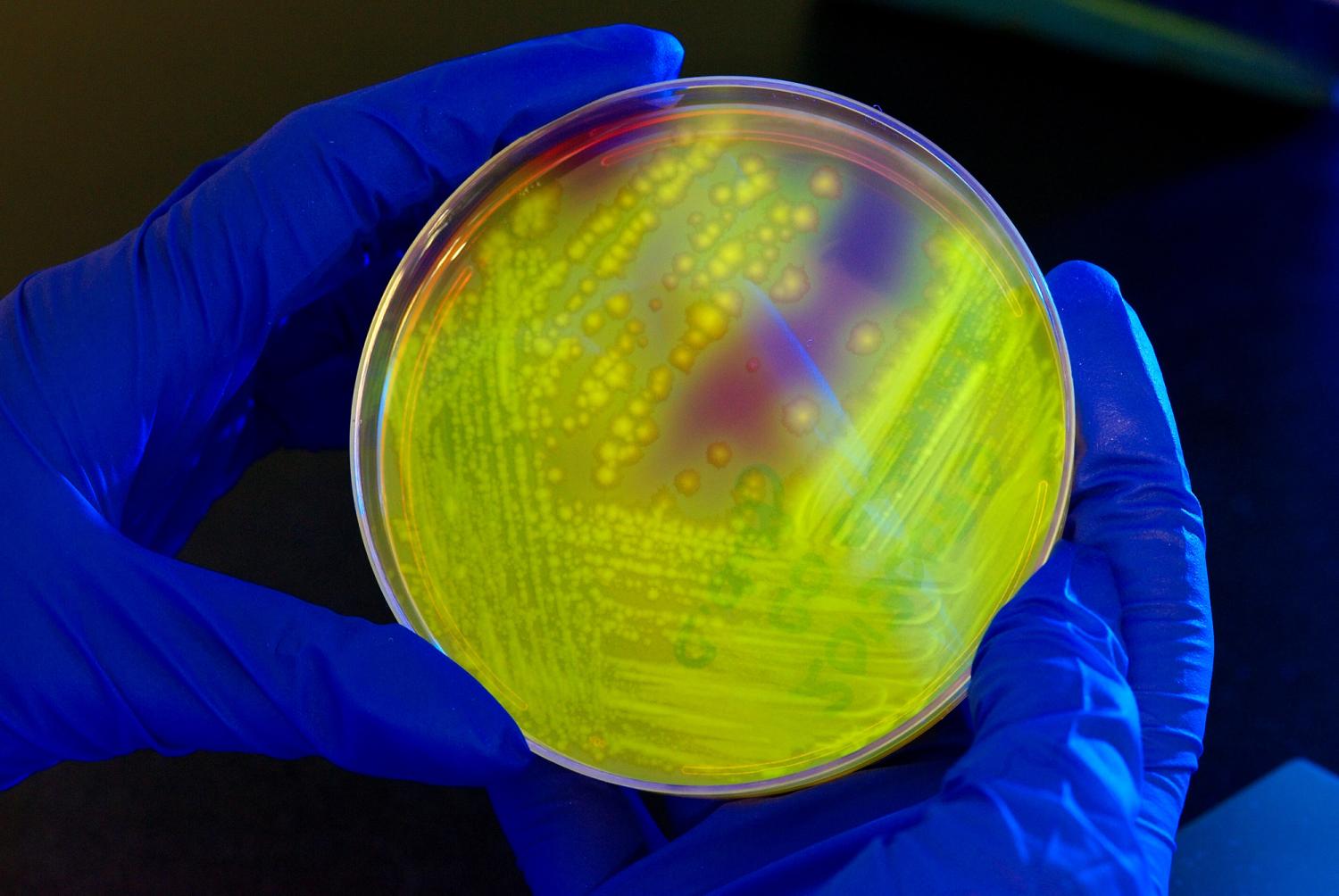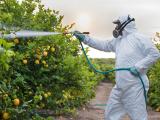The US Centers for Disease Control and Prevention (CDC) said today that antibiotic-resistant pathogens sicken 2 million Americans a year and listed the three most urgent threats as Clostridium difficile, carbapenem-resistant Enterobacteriaceae (CRE), and Neisseria gonorrhoeae.
The agency's first all-encompassing report on antibiotic disease threats spans 114 pages and ranks the pathogens in part to spur a multipronged effort to prioritize and battle the problems. Antibiotic-resistant microorganisms play a role in 23,000 deaths each year, the CDC said.
At a media briefing today, CDC Director Tom Frieden, MD, MPH, said the landmark report provides a snapshot of the antibiotic-resistant organisms that have the biggest impact on human health. He said the numbers are very conservative estimates that don't take into account infections that occur outside hospitals, such as nursing homes and dialysis centers.
The numbers are worrisome, because so few antibiotics to battle the new pathogens are in the development pipeline, he said. "If we don't take action early, the medicine cabinet will be empty for patients with life-threatening infections."
The CDC ranked the antibiotic-resistant organisms based on seven criteria: health impact, economic impact, how common the infection is, 10-year projection of how common it will become, ease of spread, antibiotic availability, and prevention barriers. It also grouped the organisms into three groups, based on threat level.
Topping the list is C difficile, which so far hasn't shown significant drug resistance, but the CDC included it in the report because it can cause deadly healthcare-acquired infections (HAIs) and is linked to antibiotic use in facilities. The CDC said C diff causes 250,000 hospitalizations and $1 billion in healthcare costs each year and is linked to at least 14,000 deaths.
The other two organisms in the CDC's "urgent" category are CRE and drug-resistant N gonorrhoeae. In March the CDC called CRE "nightmare bacteria" that are more dangerous than methicillin-resistant Staphylococcus aureus (MRSA). CRE is considered a triple threat, because it resists nearly all antibiotics, has high mortality in invasive infections, and can spread resistance genes to other bacteria.
In spelling out the scope of the problem, CDC officials said antibiotics used in food-producing animals to fight disease and promote growth are part of the problem, but added that hospitals remain the source of most drug-resistant organisms. The US Food and Drug Administration (FDA) recently proposed a pathway for using the drugs in food animals only to address diseases and health problems.
The 12 organisms in the CDC's "serious threat" category include MRSA as well as fluconazole-resistant Candida, which is a fungus. The CDC said in the report that Candida is the fourth most common cause of healthcare-associated bloodstream infections in the United States, sickening 46,000 people each year. Patterns show a shift toward species that have increased resistance to first- and second-line antifungal drugs.
Frieden said the CDC released the report now to galvanize action, because urgent steps are needed to address the problem. "The [antibiotic] pipeline is nearly empty for the short-term. New drugs are a decade away."
The report details four steps to address the threat, which include preventing infections and the spread of resistance, tracking antibiotic-resistant infections, improving antibiotic stewardship, and developing new drugs and diagnostic tests.
"The bottom line is stewardship," Frieden said. "We need to preserve antibiotics for the future." A November 2012 report from the Center for Disease Dynamics, Economics, and Policy, a Washington, DC, think tank, said that although overall antibiotic usage in the United States is declining, it found a wide geographic variation, with antibiotic use highest in Appalachia and Gulf Coast states.
The Center for Science in the Public Interest (CSPI) said in a statement today that the new report underscores that drug-resistant hazards in the nation's food supply pose a serious threat to public health. It noted that a third of the 12 pathogens that the CDC classifies as serious are found in food.
Caroline Smith DeWaal, the CSPI's food safety director, said in the statement that overuse of antibiotics in the animal sector can no longer be ignored.
"The volume of antibiotics sold for use in animals dwarfs those used in human medicine. While attention to both sectors is vital, action is urgently needed to manage the food safety risks posed by the nontherapeutic use of antibiotics in food animals," she said.
She added that the CDC's report gives human health-related advice for how to avoid contributing to antibiotic resistance but missed the opportunity to provide specific advice to veterinarians, the food industry, and agencies that regulate food safety.
In May 2011 the CSPI petitioned the US Department of Agriculture (USDA) to declare four antibiotic-resistant Salmonella strains as adulterants in ground meat and poultry, which would trigger testing. The strains have been linked to foodborne illness outbreaks. In its statement today the CSPI repeated its call for the USDA to grant the petition and recommended steps that the government, producers, and the public can take to reduce the antibiotic-resistant bacteria threat to the food supply.
See also:
Sep 16 CDC press release
Sep 16 CDC drug resistance report
Mar 5 CIDRAP News story "CDC warns of drug-resistant Enterobacteriaceae"
Nov 13, 2012, CIDRAP News story "Good news, bad news on US antibiotic use and resistance"
Sep 16 CSPI statement























